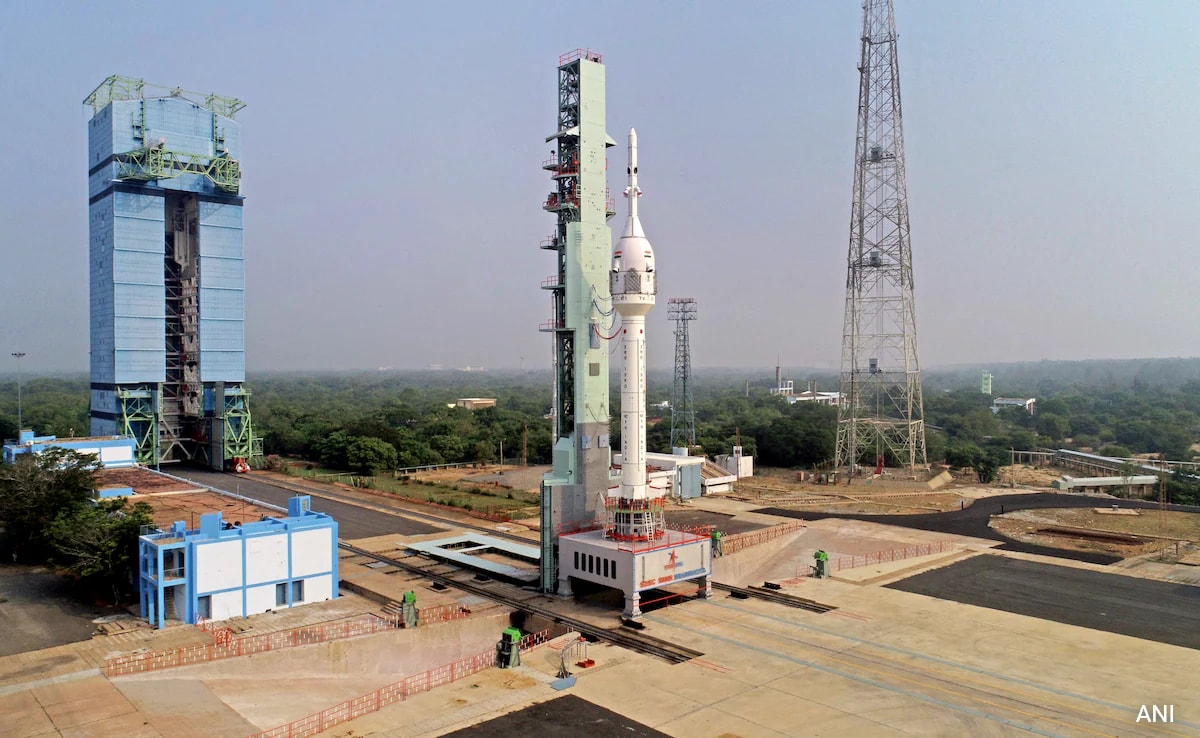
The test is scheduled to take place at 8 am on Saturday.
New Delhi:
It’s going to be a flight of failure, which will set up ISRO for success.
Attempting to prepare for every possibility, which is now a part of its ethos, the Indian Space Research Organisation will carry out an abort test for the human space mission, Gaganyaan, on Saturday.
A similar fail-safe approach had been taken for Chandrayaan-3 and had helped ISRO script history by making India the first country to land nearer the south pole of the Moon in August. The stakes, though, are much higher this time because the lives of humans will be involved.
Speaking exclusively to NDTV, Dr Unnikrishnan Nair, director of the Vikram Sarabhai Space Centre, which is an ISRO research centre, said the most important thing for the agency in the Gaganyaan mission is the safety of the crew.
“The first mission is demonstrating the crew escape system during flight. We should ensure that, at any stage during the ascent phase, if anything goes wrong with the vehicle, the safety of the crew is ensured. The crew escape system, which will operate during the first stage of the vehicle, has to work in different conditions,” he said.
The test is scheduled for 8 am from the first launchpad of the Satish Dhawan Space Centre in Sriharikota. The crew escape system, which will have the unpressurised crew module housing the astronauts during the actual Gaganyaan flight, will be fixed atop the test vehicle.
“When the vehicle reaches an altitude of 12 km and achieves the transonic condition, the thrust of the vehicle will be terminated and motors of the escape system will be activated. That will take the crew module plus crew escape system to an altitude of about 17 km. At that altitude, the crew module will be released from the escape system,” Dr Nair said.
He said the crew module has been designed in a way that it can turn by itself and orient itself in the required direction. Once that is done, parachutes will be deployed and the module will drop slowly into the sea about 10 km from the launch pad. The crew escape system and the launch vehicle will also fall into the sea, but at a distance from the crew module.
The entire test is expected to last about nine minutes.
Gaganyaan, which is expected to launch in 2025, aims to take a crew of 3 members to an orbit of 400 km for a 3-day mission and bring them back safely to Earth by landing in Indian waters.




